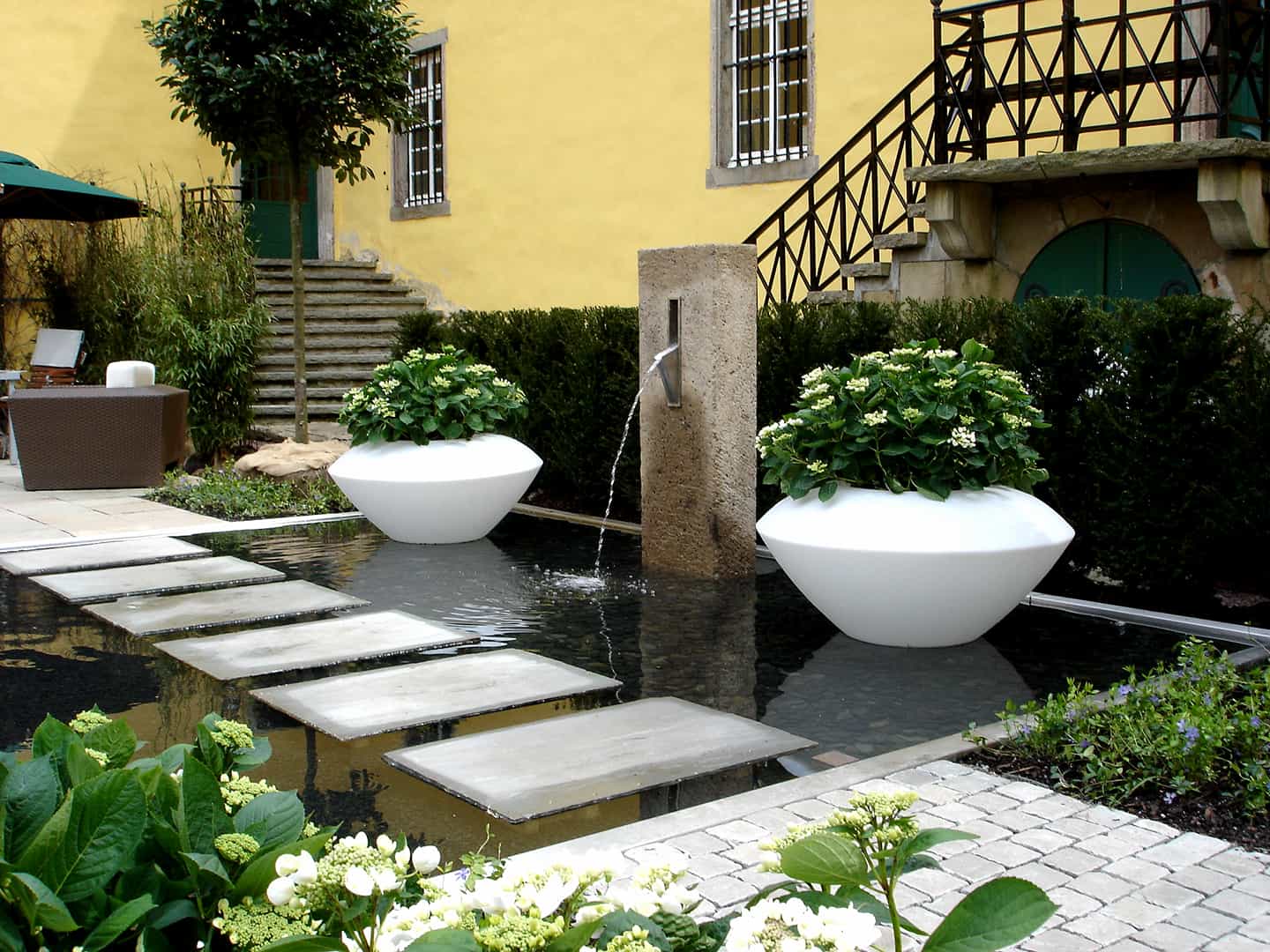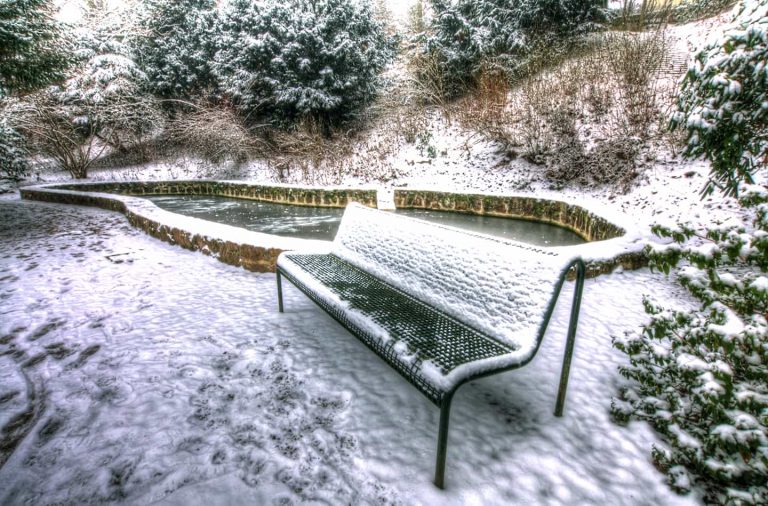Planning a Koi Fish Pond

Go From A To Z When Planning a Koi Fish Pond
The Koi fish pond and Koi Carp originated in Japan, and they have been bred as decorative pond fish for more than 1,600 years. They grow a lot bigger than ordinary goldfish and they live a lot longer as well.
Apart from that they are also a lot more expensive than goldfish. But koi also become so tame that they will eventually eat out of your hand, making them more like pets than fish. This is one of the reasons people grow so fond of their koi and spend so much on the best possible koi fish pond.
So if you are going to plan your own koi fish pond, you need to be as thorough as possible as it will involve an investment in both time and money – in the building phase as well as later on.
If you aren’t prepared to go the extra mile, rather build a goldfish pond. These fish may not be as rewarding, but they are certainly cheaper and require a lot less effort in terms of setting up and stocking with fish and fish pond supplies, as well as being easier to maintain over time.
But first consider the joys of koi.
About Koi Fish
Over the years, the koi breed of fish has been carefully developed by selective breeding and there are many different forms and colors available today.
Those in the know can quickly identify good color and markings, which immediately increase their price tag for both buying and selling. If you’ve never studied the color and markings of koi before, you will be amazed to see the variety: from metallic gold and silver to red and orange, black and white – with some really unusual mixtures in between.
About Koi Fish Ponds
Generally, koi ponds are larger than ponds planned for goldfish. This is primarily because koi grow a lot bigger. They can grow to as long as 36 inches (90 cm) and it is generally accepted that they need a depth of at least 5 feet (or 1.5 m), although where freezing is not an issue, you can get away with about 3 feet.
For this reason, it is very important to design a koi fish pond to a size that will accommodate not only a certain number of fish, but also their eventual size. Don’t ever allow over-crowding of koi because they simply won’t thrive the way they should.
An accepted rule of thumb is that you need to allow at least 27 feet (or 2.5 m²) for every fish.
Plan The Depth
In addition to size requirements, koi ponds should never be one standard depth. For this reason it is best to try to plan different levels, or at least a shallow shelf around the outer edges of the pond.
Consider The Netting
Another aspect to consider is that predators, in the form of large birds and small mammals, will inevitably prey on the fish. Since these fish are relatively expensive, koi enthusiasts generally opt for netting over the pond to protect them. Any sort of netting or mesh should be positioned so that it is about 7-10 inches from the surface of the water. Unfortunately this does detract from the appearance of the pond, but it usually can’t be helped.
Choose Your Method
When it comes to choosing a construction method for koi ponds, just about anything goes. However, since you will probably want a reasonably substantial–sized pond, preformed ponds are not suitable.








One Comment